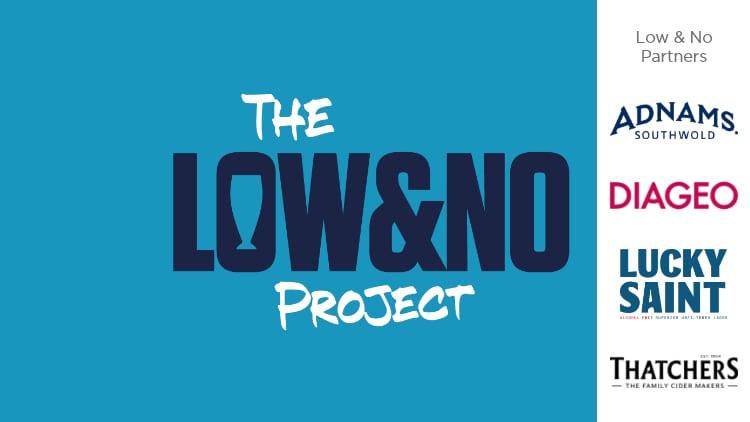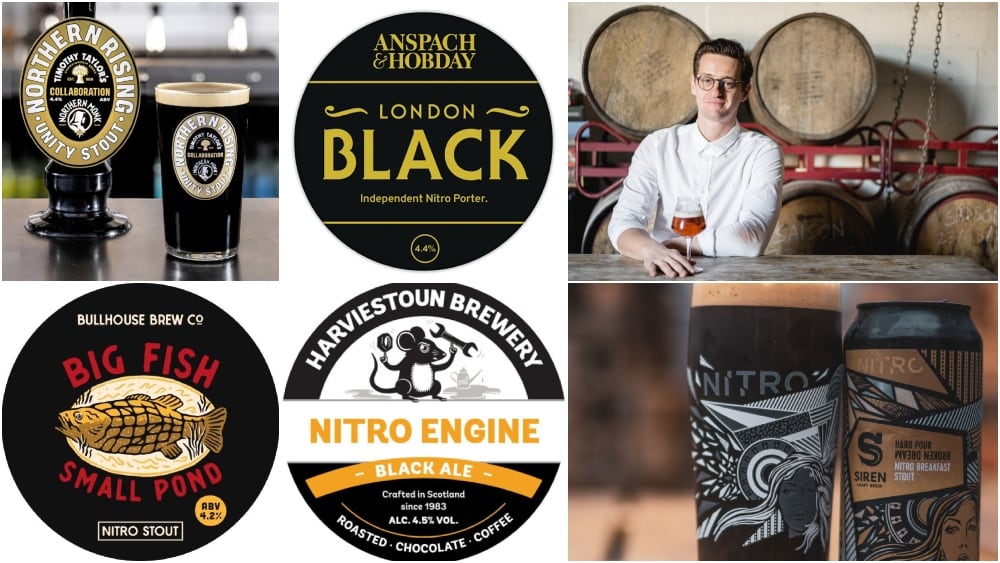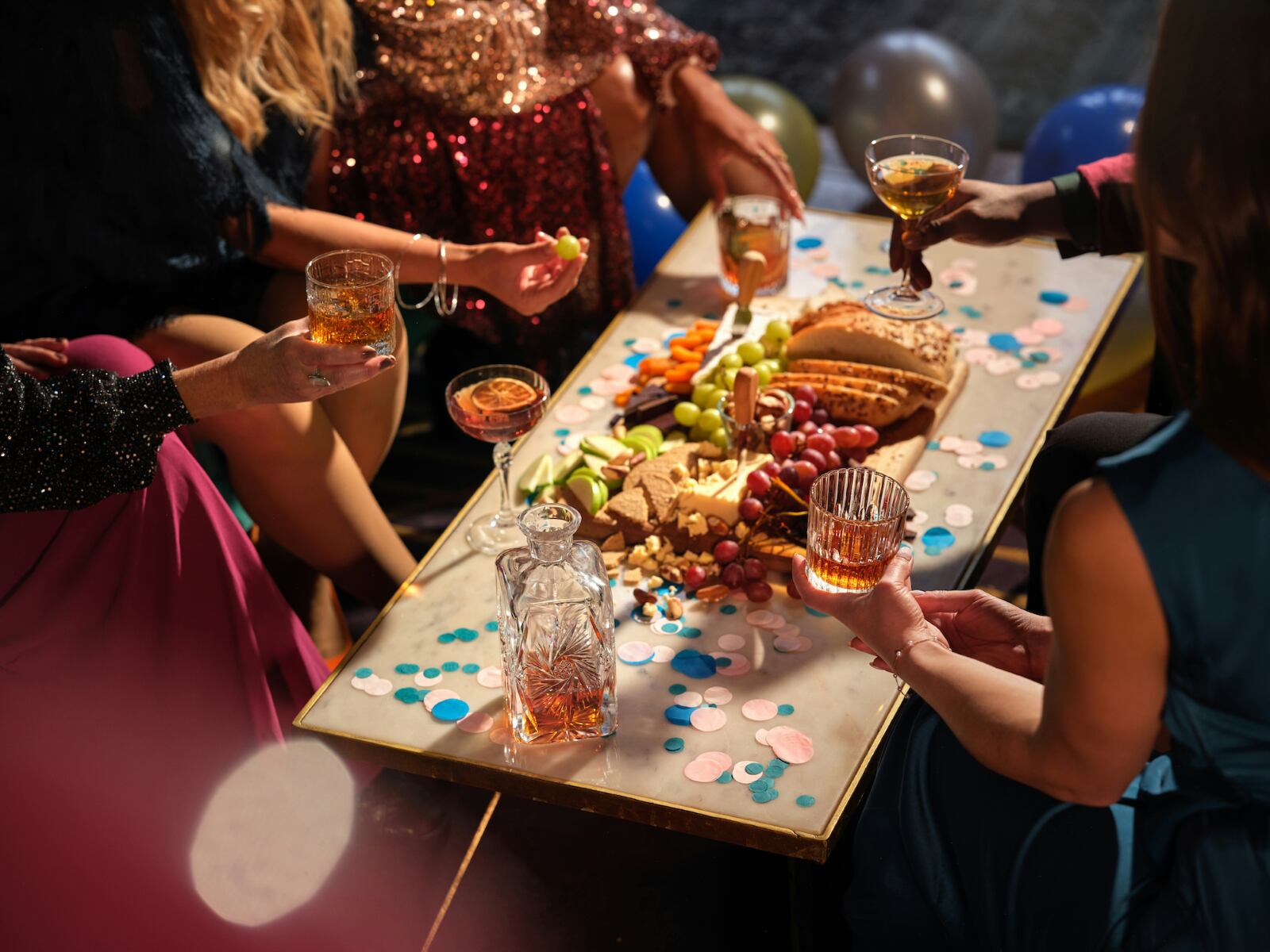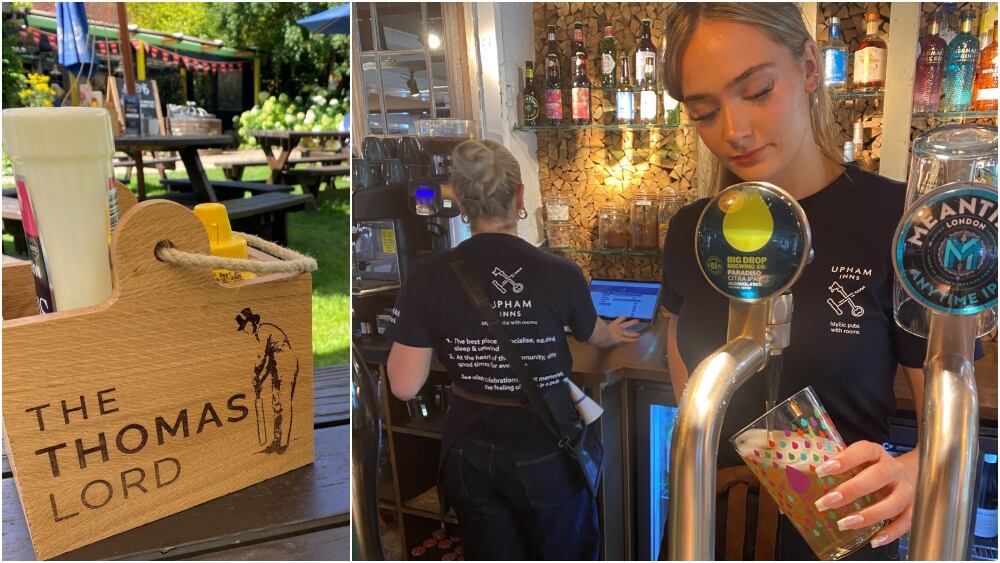The drinks business, which counts Guinness 0.0, Gordon’s 0.0 and Seedlip among its alcohol-free brands, said far from being a passing trend, the rise of low & no marks a significant shift in how people approach alcohol and their drinks choices.
Diageo explained as the demand continues to grow, it is increasingly important for pub operators to understand the categories and how they can better capitalise on the opportunity.
The low & no category continues to build momentum with many brands launching new innovations which deliver on quality and taste.
Gone are the days where low & no alcoholic beers and spirits were seen as poor substitutes for their alcoholic counterparts. Today’s consumers expect quality options – whether they choose to enjoy alcohol or not. Fortunately, there is an abundance of choice, therefore accessibility in the on trade and visibility is key.
This shift has created a unique opportunity for pubs operators to meet guest expectations by offering a well-curated selection of low & no beverages. As the market grows, consumers are not just looking for a low & no alternative – they are seeking a drink that delivers an experience comparable to traditional alcoholic options.
And while low & no alcohol options are often grouped together, they represent two categories with clear regulatory and production differences.
No alcohol
The appeal of no alcohol drinks lies in the ability to replicate the flavours and overall experience of alcoholic beverages.
Consumers can enjoy these in social settings without the effects of alcohol, making them a versatile choice for people who want to partake in the occasion while staying alcohol-free.
Guinness 0.0 in particular has become a standout in the alcohol-free beer category, offering consumers a high-quality, great-tasting alternative that meets the rising demand.
Diageo’s House of 0.0% is an example of its commitment to this growing category. The House of 0.0% range offers alcohol-free versions of some of the business’s most popular and iconic brands, such as Gordon’s 0.0% Gin, Tanqueray 0.0% Gin, and Guinness 0.0%.
These products are labelled as 0.0% to avoid confusion and give consumers the confidence that they are truly alcohol free. This emphasis on transparency is critical in building consumer trust and understanding as it ensures those looking for zero-alcohol options can find them easily, without uncertainty.
Low alcohol
One of the key drivers of low-alcohol drink consumption is the desire for balance and moderation.
For those who want the effects of alcohol but in a more controlled, measured manner, low-alcohol drinks provide an ideal solution.
Low-alcohol drinks, in contrast, generally contain an ABV between 0.5% and 1.2%, and preserve some of the flavour profiles of their full-strength counterparts but with significantly less alcohol, offering a balance alternative.
Opportunities of low & no alcohol
The rise of low & no alcohol options presents a unique opportunity for pub operators to enhance their offerings and meet the needs of a diverse range of customers.
The statistics speak for themselves: 74% of consumers say they are willing to pay more for an alcohol-free beer or spirit than they would for a soft drink. This demonstrates a clear demand for premium low & no alcohol options, and it offers a chance for operators to upsell.
In fact, 78% of people are looking for alcohol-free versions of their favourite drinks when out therefore visibility is key when it comes to displaying drinks options on menu, or considering bar display, which can generally become crowded with recognisable and stand-out brands.
With menus, operators should consider placing alcohol-free options in two locations: in the alcohol section for easy comparison with alcohol drinks and next to their alcohol counterparts to help customers consider alcohol free for their next drink choice.
When it comes to ‘standing out’ blue has become a signifier for low & no beverages – it is also important to use the correct naming conventions such as ‘0.0%’ and or ‘alcohol free’ and consider mirroring the descriptors of alcohol drinks – using ‘alcohol-free cocktail’ instead of ‘mocktail’, which is a more premium approach.
Offering a well-rounded selection of low & no beverages not only caters to growing demand for moderation, it enhances the overall experience for all guests. By providing quality, low & no alcohol options, operators can create an inclusive environment where everyone feels welcome, regardless of their drinking preferences.
With ongoing innovations, focus on quality and the growing variety of options, low & no drinks are set to change the future of drinking culture.
Whether consumers are opting for a 0.0% spirit or a lower-ABV beer, they expect the same level of flavour and enjoyment as they would from alcoholic beverages.
For operators, selecting brands that deliver on these expectations is essential to meeting demand and staying competitive in an evolving marketplace.





